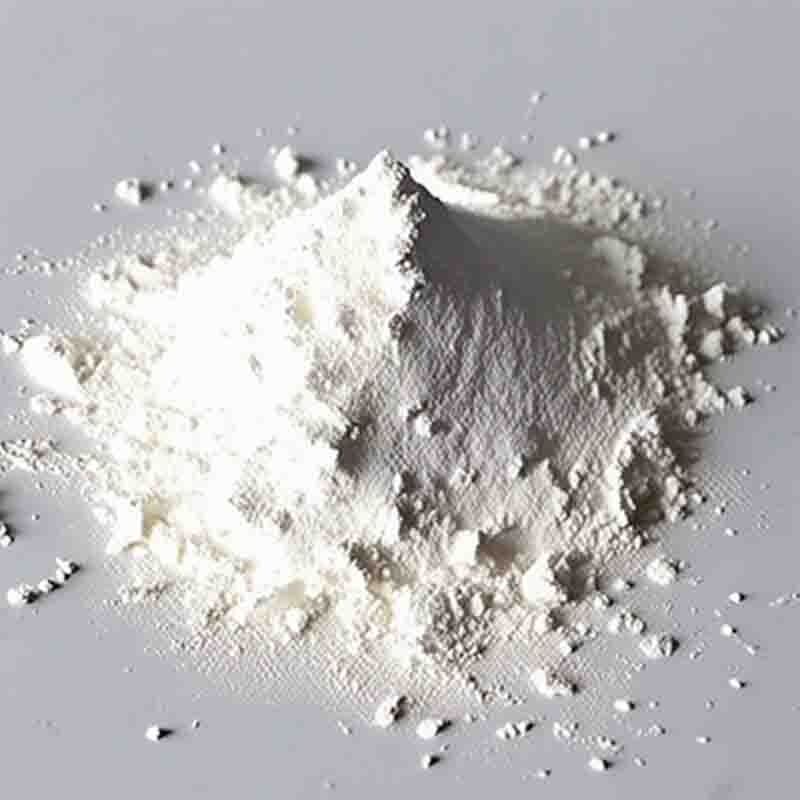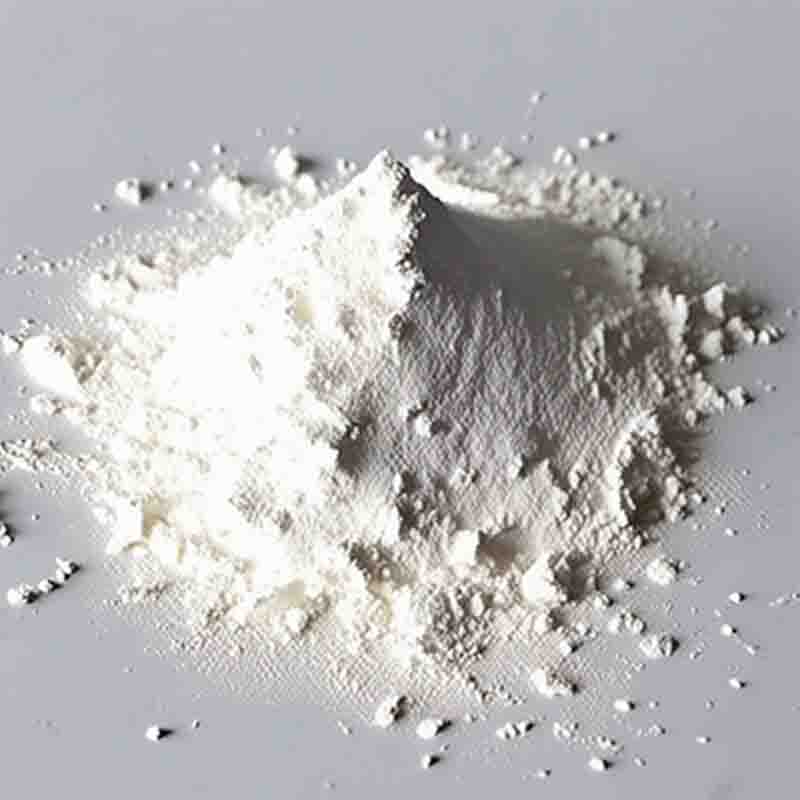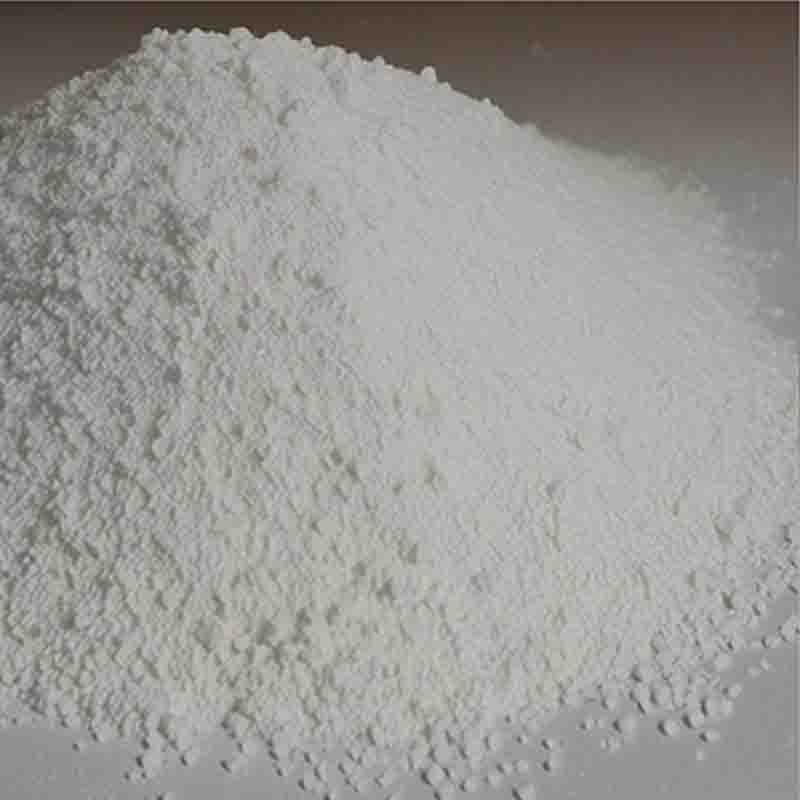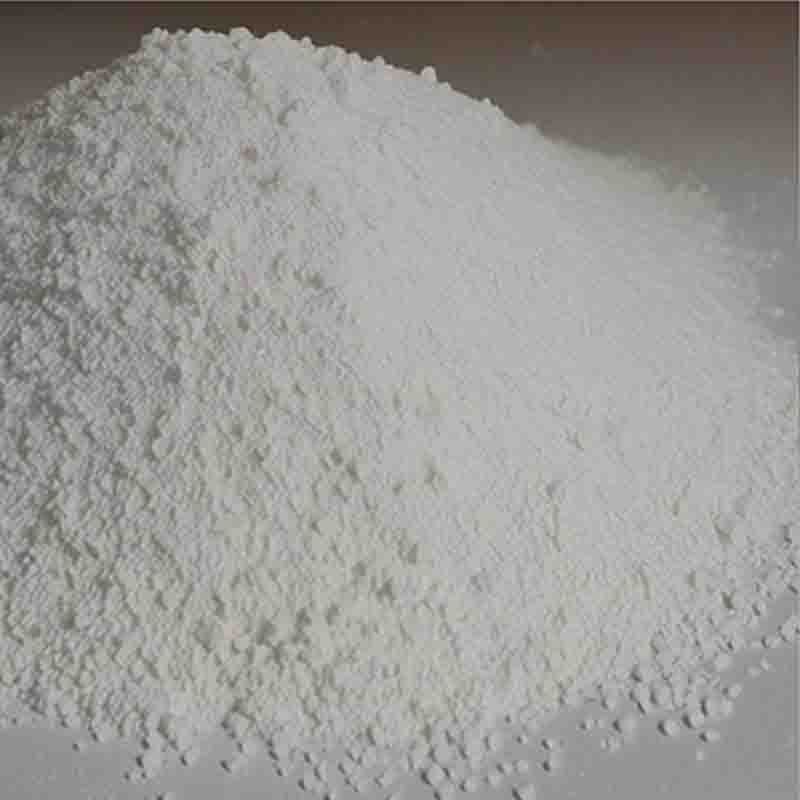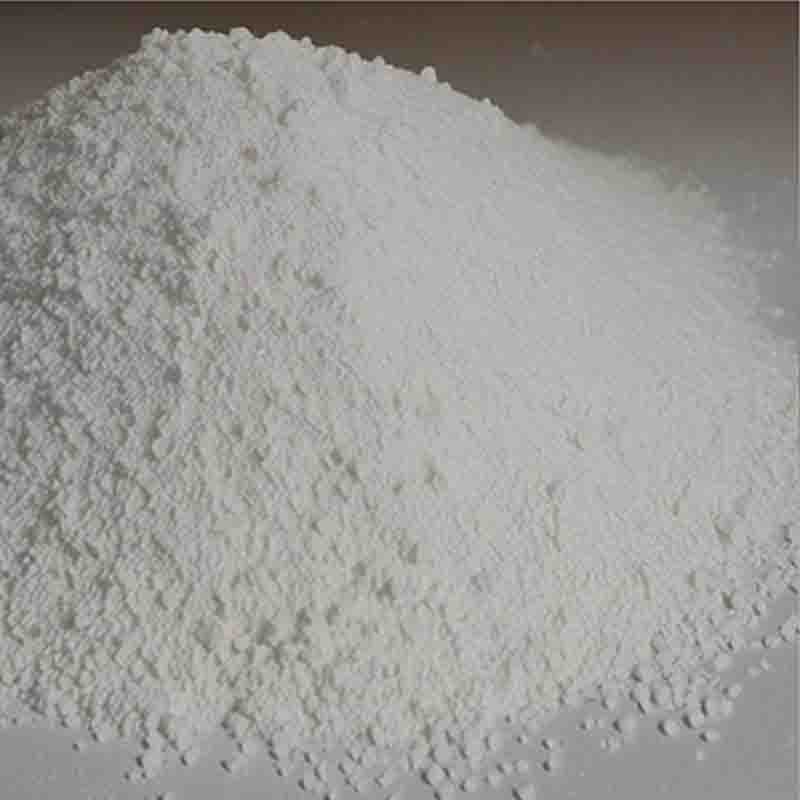4-[6-[(6-Bromo-8-cyclopentyl-7,8-dihydro-5-methyl-7-oxopyrido[2,3-d]pyrimidin-2-yl)amino]-3-pyridinyl]-1-piperazinecarboxylic acid 1,1-dimethylethyl ester CAS: 571188-82-4
| Catalog Number | XD93800 |
| Product Name | 4-[6-[(6-Bromo-8-cyclopentyl-7,8-dihydro-5-methyl-7-oxopyrido[2,3-d]pyrimidin-2-yl)amino]-3-pyridinyl]-1-piperazinecarboxylic acid 1,1-dimethylethyl ester |
| CAS | 571188-82-4 |
| Molecular Formula | C27H34BrN7O3 |
| Molecular Weight | 584.51 |
| Storage Details | Ambient |
Product Specification
| Appearance | White powder |
| Assay | 99% min |
4-[6-[(6-Bromo-8-cyclopentyl-7,8-dihydro-5-methyl-7-oxopyrido[2,3-d]pyrimidin-2-yl)amino]-3-pyridinyl]-1-piperazinecarboxylic acid 1,1-dimethylethyl ester is a complex chemical compound with potential applications in medicinal chemistry and drug development.The compound's structure suggests that it could possess valuable pharmacological properties. The bromine atom attached to the pyrido[2,3-d]pyrimidine nucleus may heighten the compound's ability to interact with target receptors or enzymes. Additionally, the presence of the cyclopentyl moiety in the structure can confer advantageous properties such as improved metabolic stability, enhanced bioavailability, and enhanced binding selectivity. These properties make the compound an excellent starting point for the synthesis of novel drug candidates.The pyrido[2,3-d]pyrimidine core has demonstrated promising therapeutic potential in the treatment of various diseases, including cancers, viral infections, and inflammatory conditions. The presence of the bromine and cyclopentyl groups in this compound adds to its versatility and makes it a compelling molecule for medicinal chemistry exploration.In the context of cancer research, this compound may exhibit inhibitory activity against specific protein kinases or signaling pathways involved in tumorigenesis and metastasis. By modifying substituents and functional groups in the structure, scientists can fine-tune the compound's efficacy against particular cancer types or overcome acquired resistance to existing treatments. Furthermore, the compound's unique structure may also lend itself to potential anti-inflammatory effects, making it suitable for addressing conditions such as rheumatoid arthritis or asthma.Moreover, the compound's structure suggests a potential application in antiviral drug development. When combined with appropriate modifications, the pyrido[2,3-d]pyrimidine scaffold has shown inhibitory activity against viral enzymes or proteins essential for viral replication. This makes it an intriguing starting point for the design and synthesis of new antiviral agents targeting diseases like HIV, hepatitis, or influenza.In summary, 4-[6-[(6-Bromo-8-cyclopentyl-7,8-dihydro-5-methyl-7-oxopyrido[2,3-d]pyrimidin-2-yl)amino]-3-pyridinyl]-1-piperazinecarboxylic acid 1,1-dimethylethyl ester holds significant potential for developing novel drug candidates in areas such as cancer research, antiviral drug development, and anti-inflammatory therapeutics. The compound's unique structure and substitution pattern contribute to its versatility and make it an exciting compound for further exploration in the field of medicinal chemistry.


![4-[6-[(6-Bromo-8-cyclopentyl-7,8-dihydro-5-methyl-7-oxopyrido[2,3-d]pyrimidin-2-yl)amino]-3-pyridinyl]-1-piperazinecarboxylic acid 1,1-dimethylethyl ester CAS: 571188-82-4 Featured Image](https://cdn.globalso.com/xdbiochems/白色粉末2286.jpg)
![4-[6-[(6-Bromo-8-cyclopentyl-7,8-dihydro-5-methyl-7-oxopyrido[2,3-d]pyrimidin-2-yl)amino]-3-pyridinyl]-1-piperazinecarboxylic acid 1,1-dimethylethyl ester CAS: 571188-82-4](https://cdn.globalso.com/xdbiochems/粉末2202.jpg)
